The Portland Art Museum (not to be confused with the Portland Museum of Art, that’s in Maine) is the oldest art museum in the Pacific Northwest, opening its doors in 1892. Over 130 years, it’s amassed an extensive collection of Native American and Asian art, all the while moving into one of the most architecturally stunning structures in the museum world, and expanding its collection to modern, impressionist, and BIPOC artists.
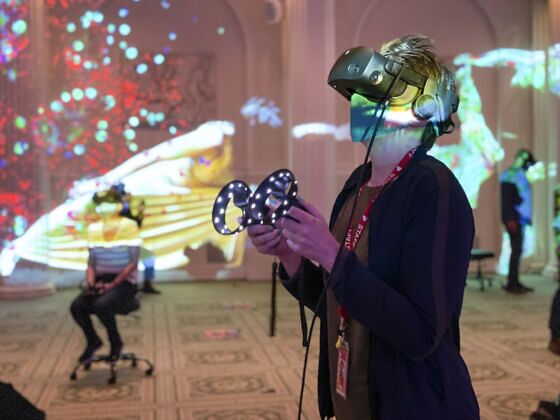

The museum sits in two buildings along peaceful Park Avenue in downtown Portland, Oregon. The main building, which houses the European, Native American, and Asian, and special touring exhibitions, was completed in 1932, and designed by Pietro Belluschi. Next door, an old Masonic Temple was converted into the museum’s modern and contemporary wing in 2005. Getting between and around them can be tricky, as can figuring out how to make the most of your visit. We took a tour and chatted with Portland Art Museum Director Brian Ferriso, and found the best stuff to see at the Portland Art Museum.
- When is the Portland Art Museum open?
- Ticket price for the Portland Art Museum
- When is the Portland Art Museum free
- How much time do I need to visit the Portland Art Museum?
- Where is the Portland Art Museum and how to get there?
- Parking at the Portland Art Museum
- The best times to visit the Portland Art Museum
- The #1 piece of advice for visiting the Portland Art Museum
- Where to start your visit at the Portland Art Museum
- Six must-see galleries and pieces at the Portland Art Museum
- Five underrated things to see at the Portland Art Museum
- Tours and audio guides at the Portland Art Museum
- Where to eat at or near the Portland Art Museum?
- Gift shop at the Portland Art Museum
- 730 SW 10th Avenue
- 914 SW Taylor Street
When is the Portland Art Museum open?
Ticket price for the Portland Art Museum
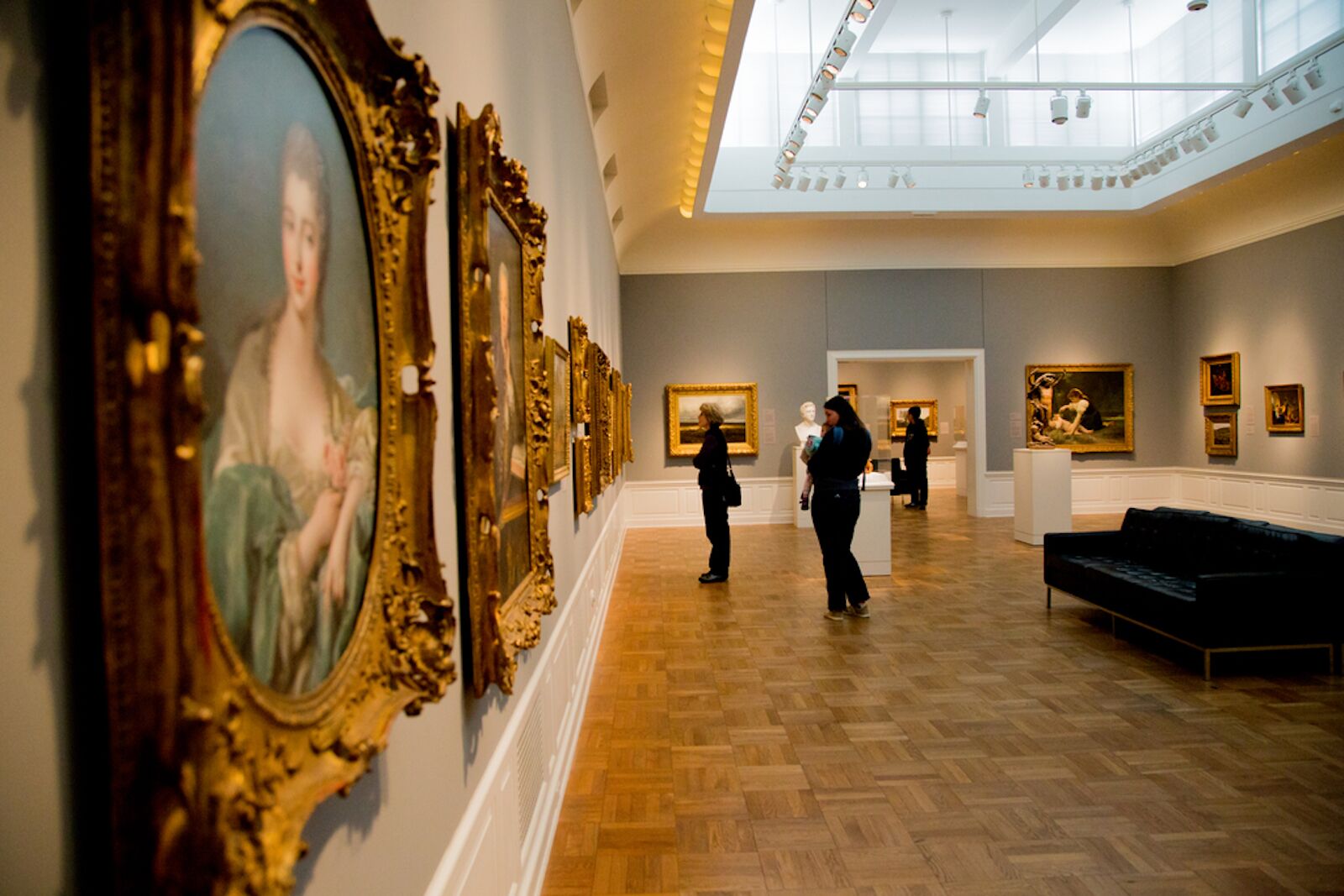
Photo: Portland Art Museum
Admission at the Portland Art Museum is $25 for adults, and includes access to all exhibits and shows within the museum. VR experiences and other special experiences at PAM Cut — the museum’s experiential media arts center – are extra.
When is the Portland art Museum free?
How much time do I need to visit the Portland Art Museum?
Despite covering two buildings, and nearly seven stories of art, the Portland Art Museum is surprisingly compact. Museum Director Brian Ferriso suggests budgeting an hour and a half to two hours. Though if you want to watch one of the museum’s films or visit PAM Cut, budget additional time for that.
Where is the Portland Art Museum and how do I get there?
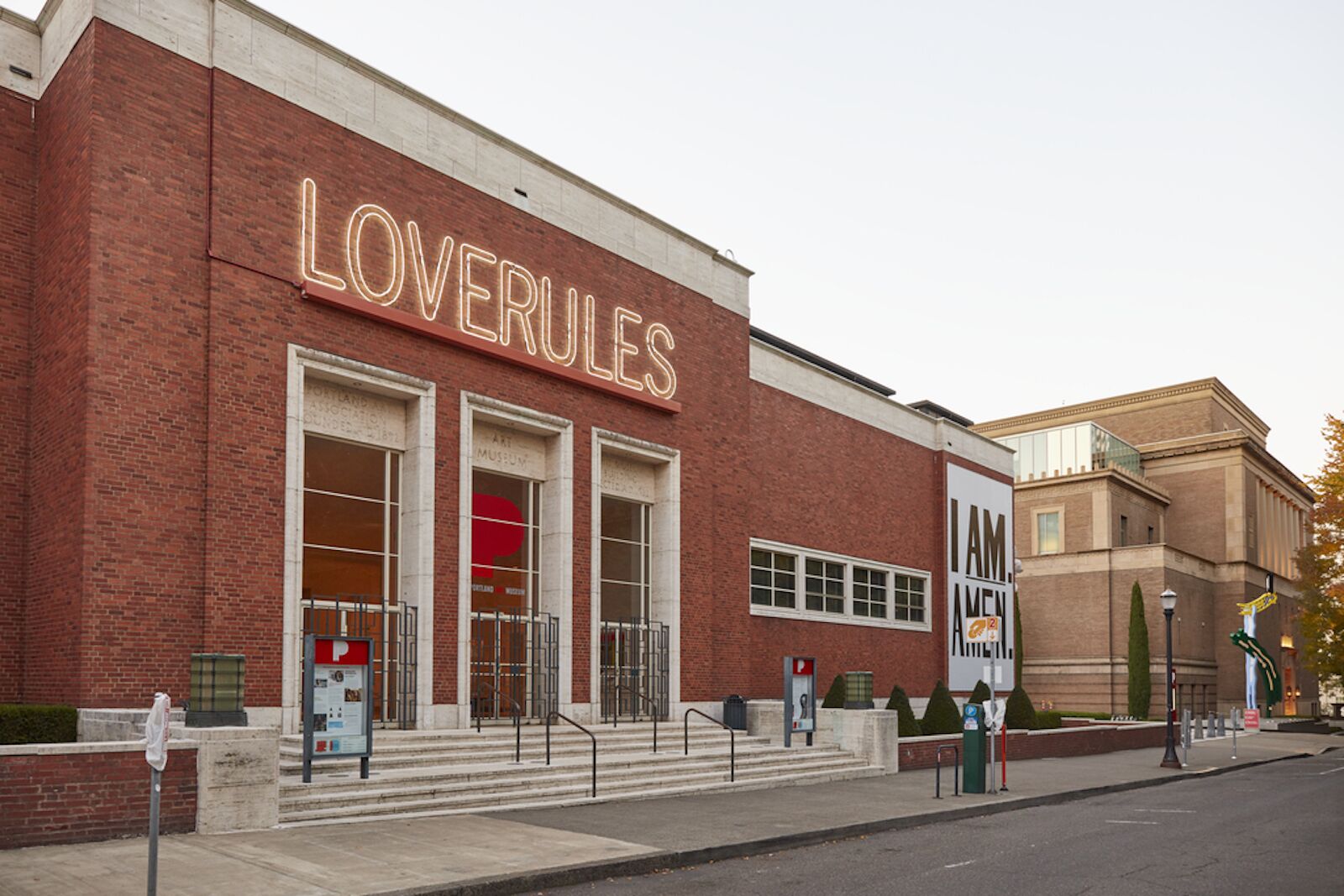
Photo: Portland Art Museum
The Portland Art Museum is located at 1219 Park Avenue in Portland, Oregon. Driving there is fairly easy, and you can either park on the street or at a number of nearby garages and parking lots.
Portland also offers the BIKETOWN bike share program, where you can rent bikes from racks on the street and return them in designated spaces. The museum has one such bike rack near its front entrance.
Parking at the Portland Art Museum
The Portland Art Museum does not have a designated garage, but you can park at two SmartPark garages nearby at:
Parking is $1.80 per hour, with a 24-hour maximum of $12.
What are the best times to visit the Portland Art Museum?
What could possibly be more quintessentially Portland than combining your trip to the art museum with a stroll through a farmers market? That’s why Ferriso suggests visiting on a Wednesday or on the weekends, when a big farmers market takes over the park across the street. Just be advised they don’t allow food inside the museum, so finish your tropical fruit smoothie before beginning your tour.
The #1 piece of advice for visiting the Portland Art Museum
The Portland Art Museum spans two main buildings — the 1932 Main building, and the Jubitz Center for Modern and Contemporary Art. Getting between them, and even getting between floors, is not so straightforward as just going up and down stairs, or crossing through a main entrance. Narrow stairwells in the main building take you from floor to floor, and not every floor is accessible from every stairwell. Furthermore, to go between buildings, you’ll need to go below the ground floor (LL) and walk down a small corridor.
Where to start your visit to the Portland Art Museum?
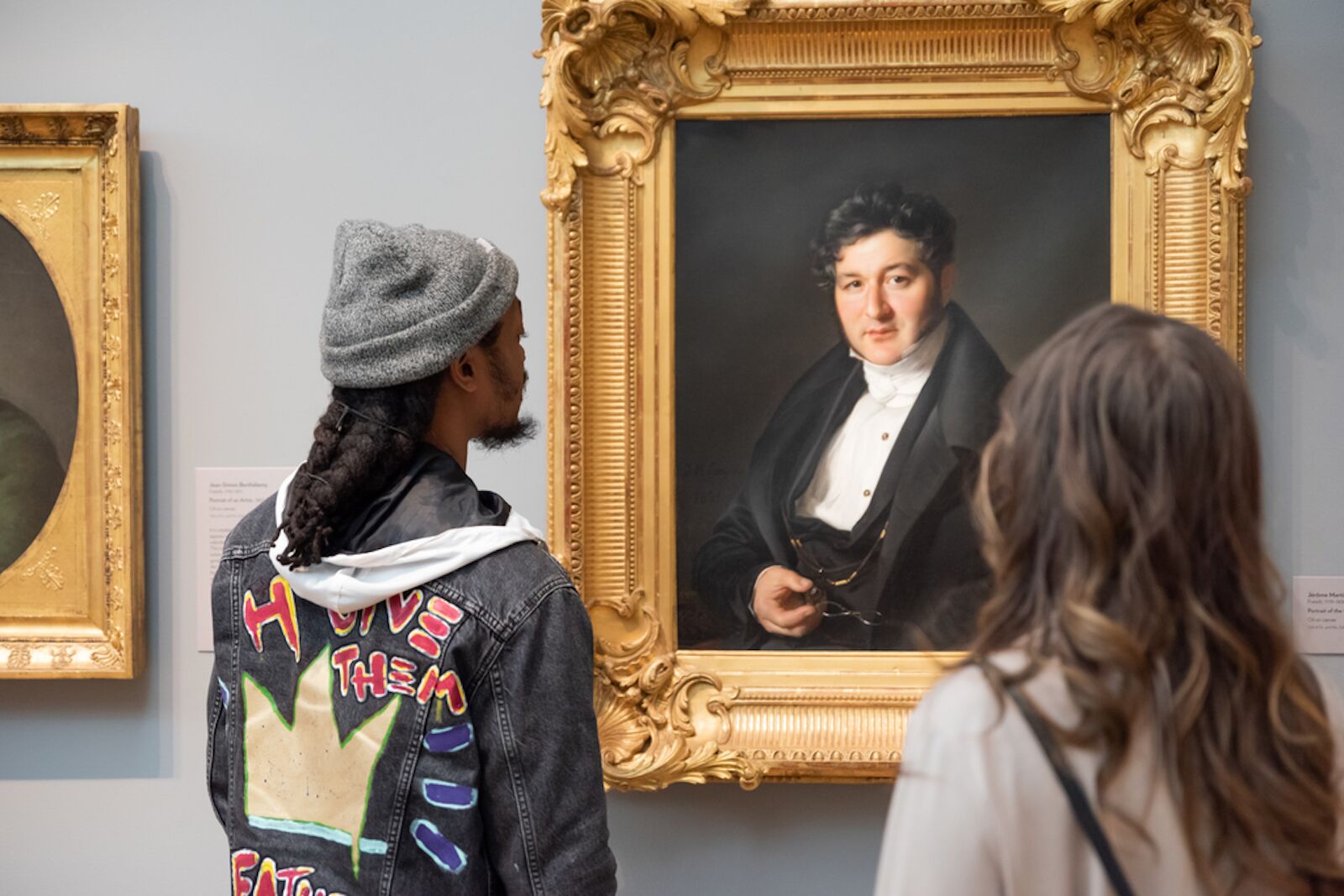
Photo: Portland Art Museum
The museum’s front entrance is a grand Art Deco hall covered in rotating murals, and obviously the default place to start any visit. But it’s also the entryway to the museum’s gallery of rotating and special exhibits, which Ferriso says should be first on your list.
“Start with our special exhibitions,” he says. “We always have such a strong lineup for major special exhibitions, whether it’s from the region or the world, and it’s right when you enter. So see that, then work your way into the collection.”
Six must-see galleries and pieces at the Portland Art Museum
Asian Art
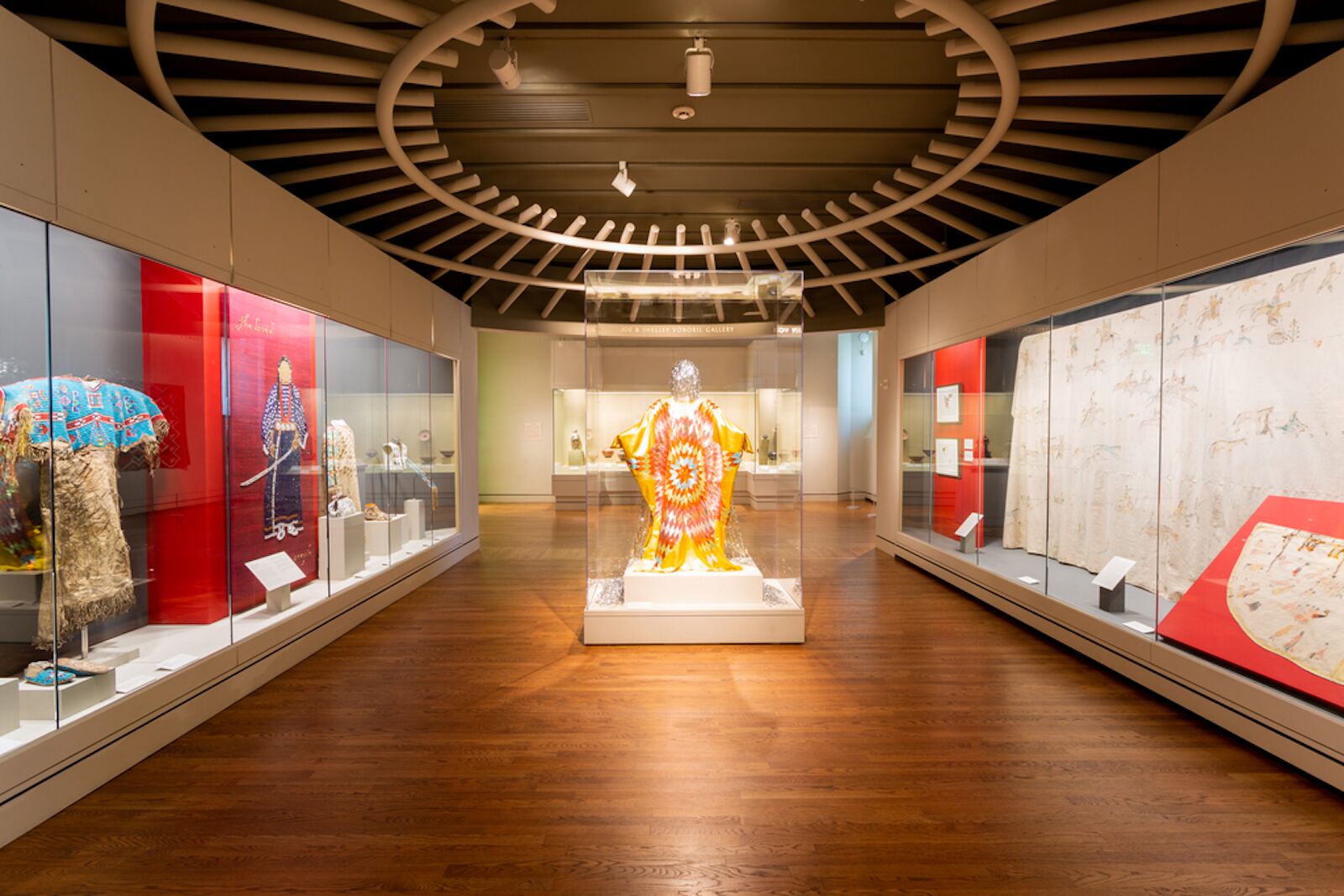
Photo: Portland Art Museum
Just left of the main entrance sits the museum’s Hirsch Wing, home to a collection of over 4,000 pieces of Asian Art. The collection rotates, but includes objects dating back over 2,000 years, to the Han and Tang dynasties.
“As a Pacific rim city, we have a very strong relationship with Asia, and Chinese and early Chinese art in particular,” says Ferriso. “It’s a defining part of our museum, and after you see the objects from 2,000 years ago, there’s also a lot of Japanese and Korean art.”
Native American Art
On the second and third floors of the Portland Art Museum’s main building, you’ll find an expansive collection of art from northwestern indigenous tribes, including contemporary works from indigenous artists.
If you haven’t experienced the works of Alaskan and northwestern tribes before, the artisanry in the totems and ceremonial pieces is stunning. Just be aware that the light in the galleries is kept fairly low to preserve the pieces
“Il Femminiello”
The most-searched piece in the Portland Art Museum isn’t any of its stunning Asian or Native American art, though. It’s a small painting in the museum’s European galleries called “Il Femminiello.” The Giuseppe Bonito painting depicts two men dressed in women’s clothing in 18th-century Italy, playfully putting on necklaces and smiling for the artist.
According to its explanatory plaque, “Il Femminiello” translates to “little female men,” and defined a sort of third gender in 1700s Naples. The cross-dressing Femminielli were fairly common and accepted in Naples’ Spanish quarter. This early example of tolerance however, has little historical record, and this painting is its only existing physical representation.
The Aux/Mute Gallery
Step out of the stairwell onto the fourth floor of the Portland Art Museum’s main building, and you might think you’d walked onto a New York City apartment rooftop setting up for a weekend party. A turntable sits on some AstroTurf, as a mural behind it depicts a man taking the DJ Jesus pose while looking out over a short brick wall.
It’s actually the studios of Numberz FM, a local Black-owned radio station that began broadcasting from the museum during the pandemic. That residency led to the station taking over the building’s top floor, and creating a space for BIPOC artists to showcase their work. The works are community-curated, and include reflections on Black life in Portland and relics from the 2020 protests. The DJ setup is legit, too, as the space hosts regular parties when the museum is closed.
Impressionist gallery
After crossing into the Jubitz Center for Modern and Contemporary Art, head upstairs to the impressionist gallery. Here you’ll see the museum’s lone permanent Monet painting from his famous “Water Lilies” series. You’ll also see Van Gogh’s “Ox Cart,” a dark impression of an ox trudging past flying birds. Other works by legendary impressionists are often displayed here on loan, so odds are you’ll see more stuff from names you know. Take a walk to the back of the gallery and take a gander at the “Le Petit Pâtissier,” a Chaim Soutine portrait of a pastry chef that’s often copied in prints people put in their kitchens.
Five underrated things to see at the Portland Art Museum
PAM Cut
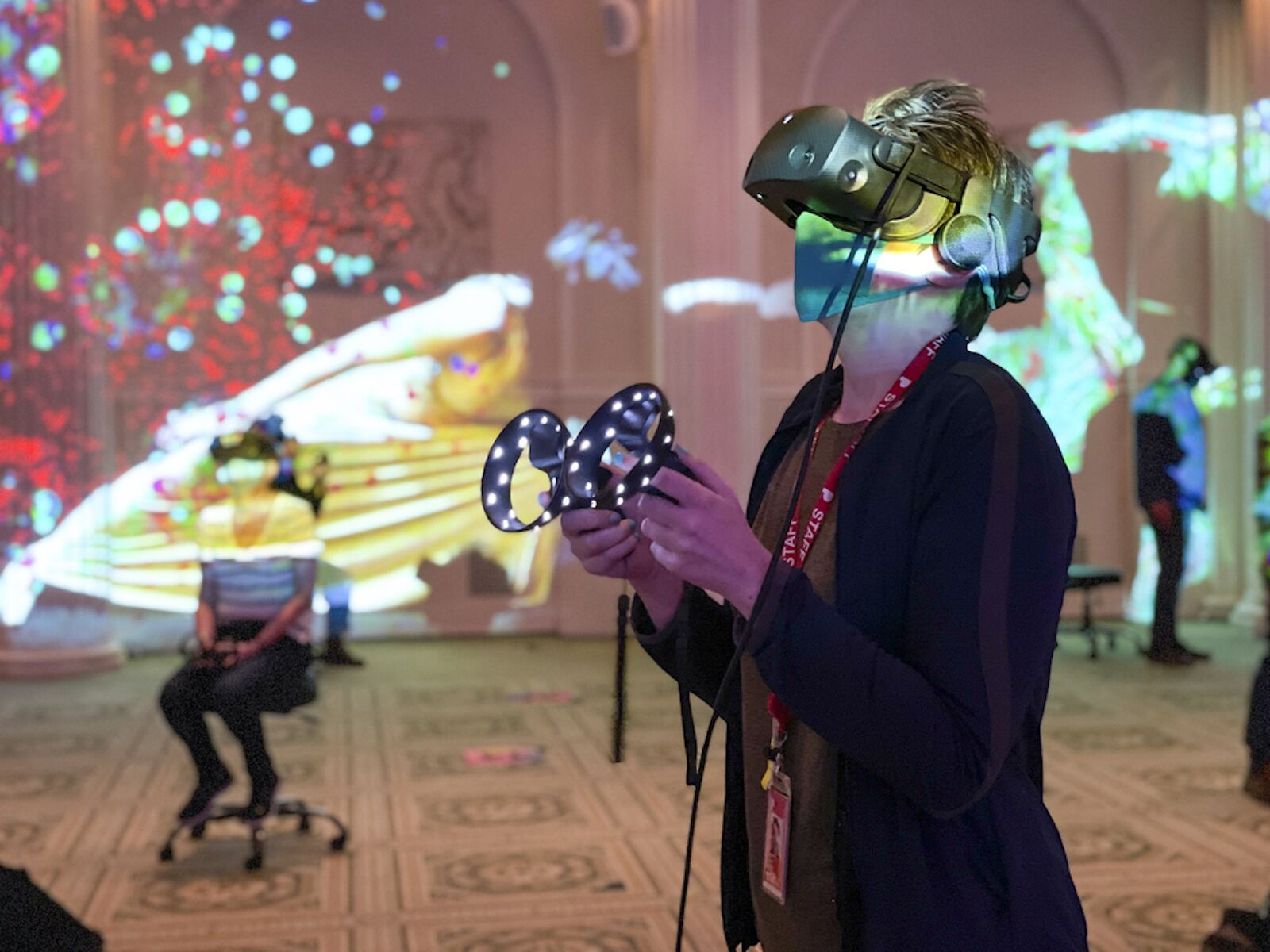
Photo: Portland Art Museum
Around the corner from the two main buildings sits PAM Cut, Portland Art Museum’s experiential media arts center. It hosts regular events, from outdoor movie screenings with interactive, dress-up themes, to drag queen bingo. Even if there’s no event going on, it’s worth stopping in for its virtual reality experiences, which include a full XR simulation where guests don a hepatic suit and use food and essential oils to travel to the year 3030.
You can also rent a VR headset for multiple days as part of the VR To Go program. Or take a class in gaming or DJ-ing if the timing lines up.
Numz Bodega
At the far end of the Aux/Mute gallery you’ll find what looks like a little corner store tucked into the top floor of the art museum. This is Numz Bodega, a mockup of the classic New York City corner store complete with photographic murals of questionable fried chicken. Props include old washing machines and store shelves, but the “bodega” actually serves as an artisan gift shop for the BIPOC artists filling the gallery. You’ll find unique clothes, prints, and other souvenirs from local makers.
Underground hallway between buildings
The Portland Art Museum’s unusual configuration requires crossing below the ground level to go between the main building and the Jubitz Center. While it might be tempting to use this short stroll as a time to check your phone, the museum fills this corridor with rotating modern art that’s worth setting aside some time to appreciate. The hallway is also home to the Portland Art Museum’s 300-seat theater, which PAM Cut uses to screen art films and other cinematic works.
Northwestern Wing
It might be easy to skip over the small Northwestern Wing at the end of the Native American exhibit. But this wing, more than any other in the museum, gives visitors a sense of place, and shows artists and scenes you won’t find elsewhere.
“The world has turned global and created this flattening of the art world, where you start to see the same artists in the same places,” says Ferriso. “What you will see here is distinct artists, distinct movements and unique works that actually define this place in the Pacific Northwest.”
Tours and audio guides at Portland Art Museum
Where to eat in and around the Portland Art Museum
Gift Shop at the Portland Art Museum
The Museum Store is on the first floor of the main building, and doesn’t require a ticket to visit. It’s filled with books, scarves, plates, jewelry, and pretty much any other keepsake from the collection.
On the fourth floor, Numz Bodega offers clothing and other items from BIPOC artists featured in the Aux/Mute gallery. Admission is required to access the bodega.